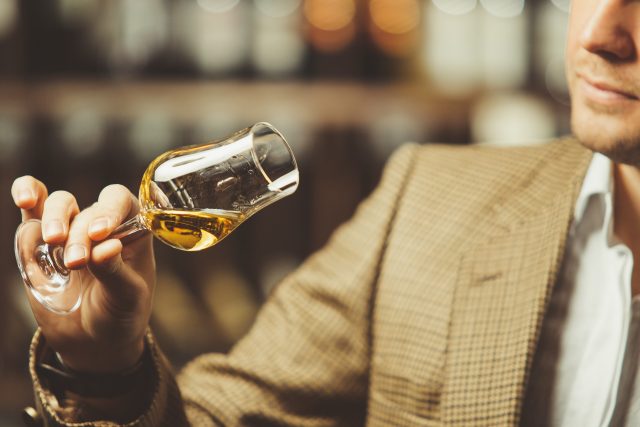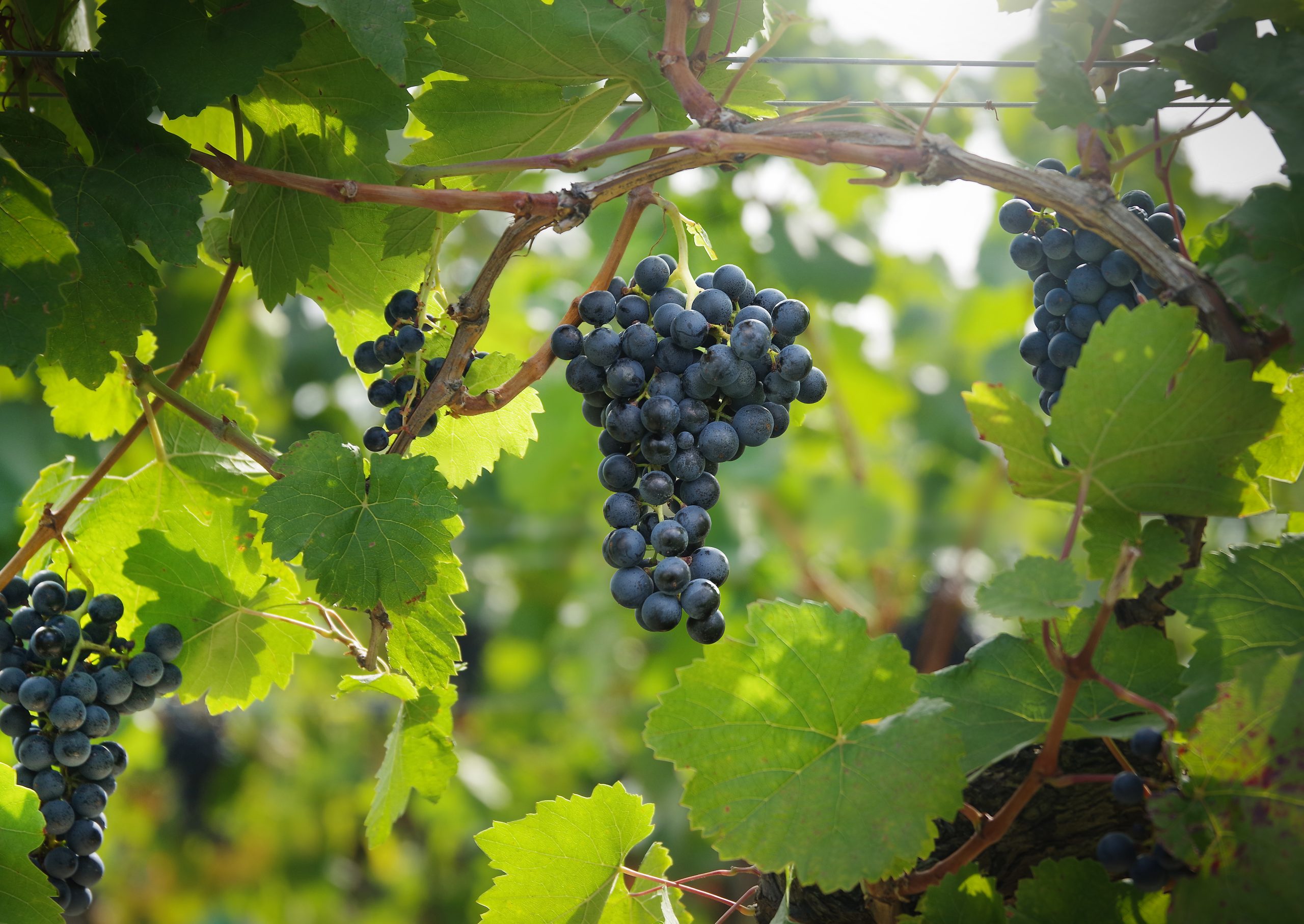Can an algorithm become better at tasting than a human?
Machine learning algorithms can identify the molecular markers that determine a whiskey’s aromatic profile, and a new study suggests that they may be able to “outperform” human tasters.

The use of chemical analysis to breakdown and analyse the aromas and flavours of alcoholic drinks is something that is seen to have significant potential for the drinks industry. Early this year, researchers at Heriot-Watt University in Edinburgh trialled a new technique to “fingerprint” flavour compounds in gin, something which they claimed could help to crack down on counterfeit spirits.
But what if chemical analysis were combined with a computer model?
A new study, published in Communications Chemistry and titled Odor prediction of whiskies based on their molecular composition pitted a panel of 11 experienced whiskey sniffers against a machine learning algorithm using data from samples of 16 American and Scotch whiskeys/whiskies which had previously been subjected to analysis with gas chromatography-mass spectrometry.
By identifying the signature smells, the machine learning algorithm was, in turn, able to identify the origin of the spirit.
Partner Content
“Caramel-like was identified as the most characteristic odour descriptor for American whereas apple-like, phenolic, and solvent-like odours were more pronounced in Scotch whiskies,” the study noted. “Mostly the molecules menthol and citronellol pushed the classification towards American whereas methyl decanoate and heptanoic acid had higher impact to classify a whisky as Scotch.”
The 11 professional whiskey tasters did not agree on the top five tasting notes from each sample, so an aggregate was reached for each.
According to the study’s lead authors, Satnam Singh and Doris Schicker from Germany’s Friedrich-Alexander-Universität Erlangen-Nürnberg, the computer-generated predictions of what the whisky/whiskey might taste like “outperform the inter-panelist agreement and thus demonstrate previously impossible data-driven sensory assessment in mixtures”.
Indeed, the study makes it quite clear that the idea, were its findings to be applied in a real world context, would not be to replace human tasters, but to assist them: “Machine learning methods have the potential to amend the knowledge of panelists and could be used to predict the odour of molecules quickly, accurately, and reliably, thus reducing the overall time and effort required.”
Whisk(e)y is, after all, made for the human drinker, and although an algorithm might be able to accurately identify the chemistry, as of yet, it is not able to consider how pleasurable a drink might be. Furthermore, differences in tasting notes are a feature, not a bug, of panel tastings – the whole point is that they offer a variety of opinions, and the panelist try to reach a compromise for the overall judgement.
Related news
Bacardi names top five cocktails set to shine in 2026




